Village Idiot
No longer a newbie, moving up!
- Joined
- Mar 20, 2008
- Messages
- 7,269
- Reaction score
- 406
- Location
- Shepherdsturd, WV / Almost, MD
- Can others edit my Photos
- Photos NOT OK to edit
I got this from POTN, we should try it here.
Instead of people bickering over what/how much editing looks good or doesn't, post your creative edits and explain how they were done. This way, people can see different styles that can be anything from mild to wild and the associated steps it takes to get there. It'll give people a taste of what can be done and can inspire them to learn new things.
The photo was shot with two 430EX II's on stands with shoot through umbrellas behind the subject at a 45 degree angle. A third light with shoot through umbrella was being held above the subject by a VAL.
This started with my most basic steps of sharpening, and curves. From there I applied skin smoothing by using the selection tool to individually select the body parts doing first the legs, then the face. Then I used a mask to erase the smoothing over critical areas like the lips, nose, eyes, facial lines, etc... I then selected the eyes an boosted the brightness & whites just a little bit so they weren't lost in the shadow from the hood.
Once I was happy with the edit on the girl, traced her with the selection tool and created a top layer from the selection. I then added a texture in behind her and messed with the opacity & saturation until I was happy with it.
Next was a simple brush on around the outside for a border. I then went over it a second time on a new layer with a slightly lighter color and less opacity.
Final step was just adding the text for the name in the top left corner.

Share yours.
Instead of people bickering over what/how much editing looks good or doesn't, post your creative edits and explain how they were done. This way, people can see different styles that can be anything from mild to wild and the associated steps it takes to get there. It'll give people a taste of what can be done and can inspire them to learn new things.
The photo was shot with two 430EX II's on stands with shoot through umbrellas behind the subject at a 45 degree angle. A third light with shoot through umbrella was being held above the subject by a VAL.
This started with my most basic steps of sharpening, and curves. From there I applied skin smoothing by using the selection tool to individually select the body parts doing first the legs, then the face. Then I used a mask to erase the smoothing over critical areas like the lips, nose, eyes, facial lines, etc... I then selected the eyes an boosted the brightness & whites just a little bit so they weren't lost in the shadow from the hood.
Once I was happy with the edit on the girl, traced her with the selection tool and created a top layer from the selection. I then added a texture in behind her and messed with the opacity & saturation until I was happy with it.
Next was a simple brush on around the outside for a border. I then went over it a second time on a new layer with a slightly lighter color and less opacity.
Final step was just adding the text for the name in the top left corner.

Share yours.








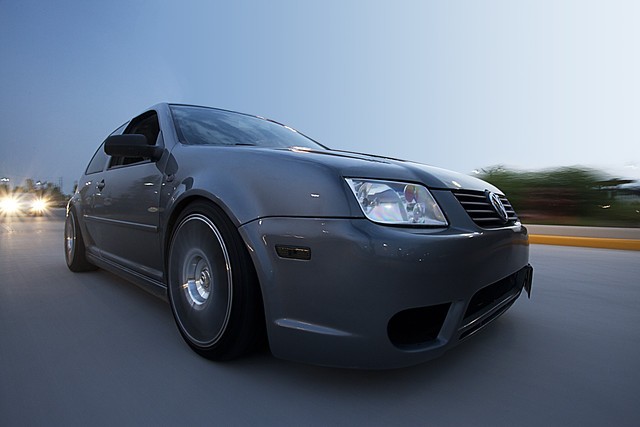

 )
)




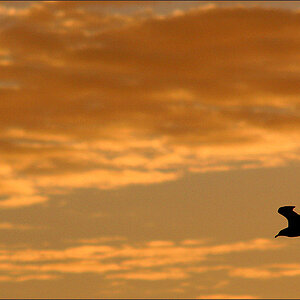
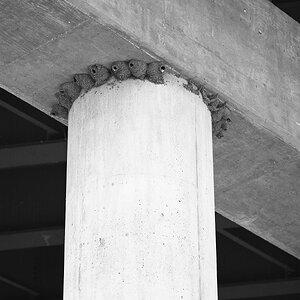

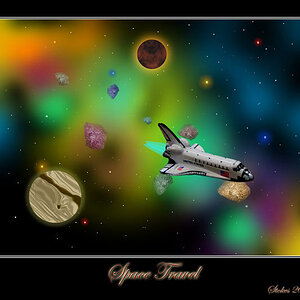
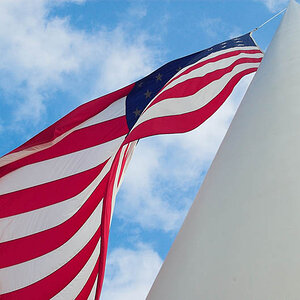
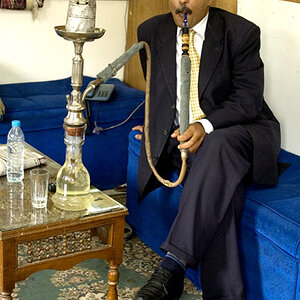
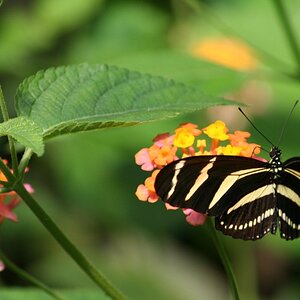
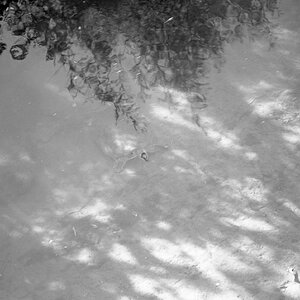
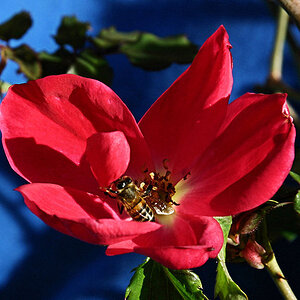
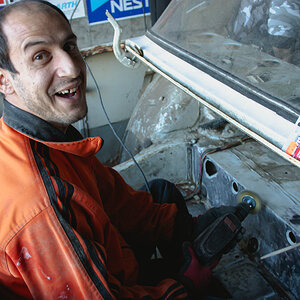
![[No title]](/data/xfmg/thumbnail/32/32926-ec27ecead8c80d803404500d8f888dbf.jpg?1619735754)
![[No title]](/data/xfmg/thumbnail/32/32930-09414fc020c2a60a456ff59a05c5ef8f.jpg?1619735759)